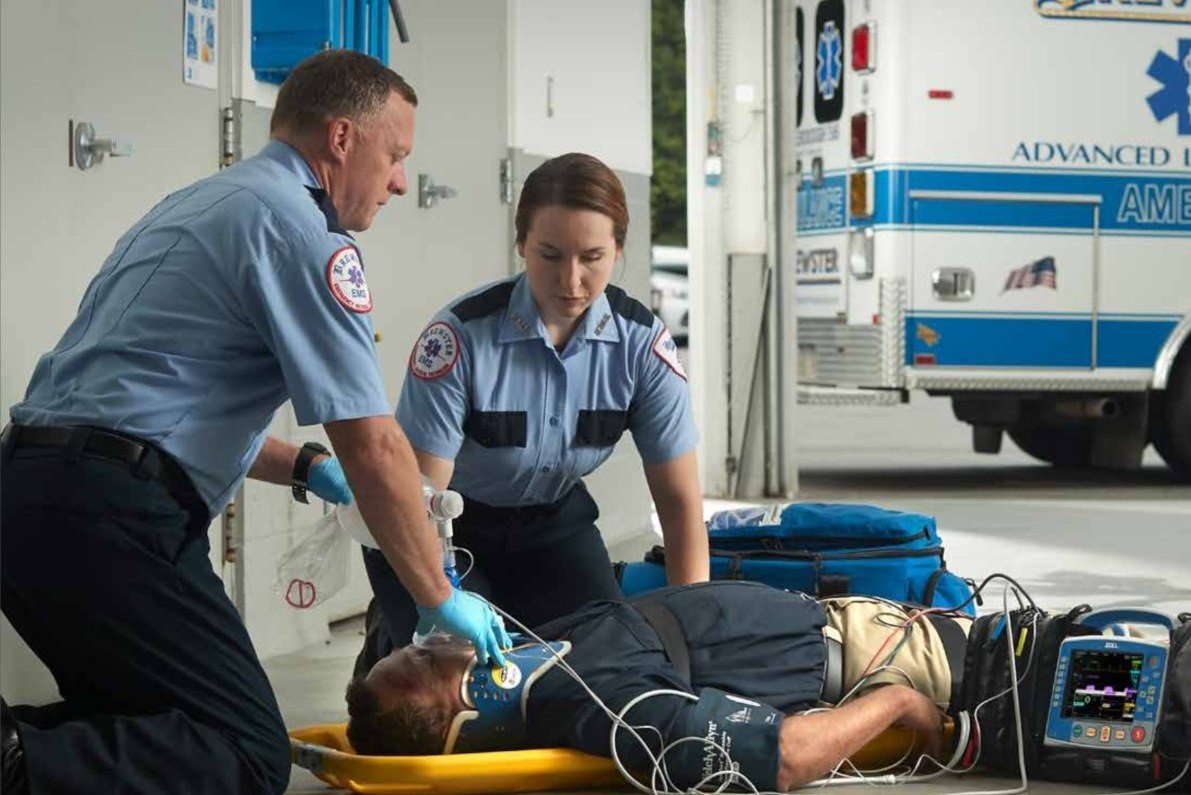
Cardiac Arrest: Why Is Airway Management Important During CPR?
Airway and CPR: drug overdoses, sudden injuries, respiratory issues, and myriad other health concerns can trigger cardiac arrest
Cardiac arrest is a leading cause of death, but many of these deaths are preventable.
Bystanders providing CPR immediately can double or triple the chance of survival.
STRETCHERS, LUNG VENTILATORS, EVACUATION CHAIRS: SPENCER PRODUCTS ON DOUBLE BOOTH AT EMERGENCY EXPO
The figure is even higher when trained first responders are prepared to perform CPR while managing the airway
Airway management is key to successful CPR, and first responders must have the right equipment ready to go.
Clearing the Airway, It’s CPR 101
Clear the airway before administering CPR.
Cardiac arrest can occur for many reasons, including airway obstructions.
Moreover, drug overdoses and a handful of other medical emergencies can cause vomiting that quickly leads to aspiration, further complicating cardiac arrest.
The right suction machine can promptly clear the airway.
If the patient is actively vomiting or bleeding into the airway, the DuCanto CatheterⓇ is the ideal tool for protecting it.
WOULD YOU LIKE TO MEET RADIOEMS? VISIT THE RESCUE RADIO BOOTH AT EMERGENCY EXPO
Oxygenating the Patient
Bystanders performing CPR are instructed to perform mouth-to-mouth resuscitation.
Although this strategy can work, oxygenating the patient is the gold standard in cardiac resuscitation.
There are at least three reasons for this:
- Direct resuscitation means coming into contact with any infections the patient may have, as well as exposing an already vulnerable patient to infections from the rescuer.
- Oxygenation with a machine enables more control over the process, ensuring that the patient gets neither too little nor too much oxygen. This is especially important with neonates, who have much smaller lungs. A large breath of air may offer too much oxygen, doing significantly more harm than good.
A team-based approach affords better monitoring and control.
One team member can oxygenate the patient while the other performs chest compressions.
This reduces distraction, making it easier to observe additional signs of distress.
Continued Airway Management
An initial cardiac crisis may predict a second one.
Even after a patient is successfully resuscitated, it’s important to continue monitoring their airway.
Most agencies opt to use mask ventilation when a patient is revived, and to continue oxygenating them during transport.
You must also continue to monitor for other signs of airway impairment.
A newly revived patient may begin vomiting or bleeding, increasing their risk of aspiration.
So perform a comprehensive respiratory assessment, and have your equipment ready to go.
Read Also
Emergency Live Even More…Live: Download The New Free App Of Your Newspaper For IOS And Android
RSV (Respiratory Syncytial Virus) Surge Serves As Reminder For Proper Airway Management In Children
Supplemental Oxygen: Cylinders And Ventilation Supports In The USA
Basic Airway Assessment: An Overview
Respiratory Distress: What Are The Signs Of Respiratory Distress In Newborns?
EDU: Directional Tip Suction Catheter
Suction Unit For Emergency Care, The Solution In A Nutshell: Spencer JET
Airway Management After A Road Accident: An Overview
Three Everyday Practices To Keep Your Ventilator Patients Safe
Ambulance: What Is An Emergency Aspirator And When Should It Be Used?
The Purpose Of Suctioning Patients During Sedation
Nasal Cannula For Oxygen Therapy: What It Is, How It Is Made, When To Use It
Nasal Probe For Oxygen Therapy: What It Is, How It Is Made, When To Use It
Oxygen Reducer: Principle Of Operation, Application
How To Choose Medical Suction Device?
Holter Monitor: How Does It Work And When Is It Needed?
What Is Patient Pressure Management? An Overview
Head Up Tilt Test, How The Test That Investigates The Causes Of Vagal Syncope Works
Why Children Should Learn CPR: Cardiopulmonary Resuscitation At School Age
What Is The Difference Between Adult And Infant CPR
CPR And Neonatology: Cardiopulmonary Resuscitation In The Newborn
First Aid: How To Treat A Choking Baby
How Healthcare Providers Define Whether You’re Really Unconscious
Concussion: What It Is, What To Do, Consequences, Recovery Time
AMBU: The Impact Of Mechanical Ventilation On The Effectiveness Of CPR
Defibrillator: What It Is, How It Works, Price, Voltage, Manual And External
The Patient’s ECG: How To Read An Electrocardiogram In A Simple Way
The 5 Basic Steps Of CPR: How To Perform Resuscitation On Adults, Children And Infants
Proper Defibrillator Maintenance To Ensure Maximum Efficiency
First Aid: The Causes And Treatment Of Confusion
Know What To Do In Case Of Choking With Child Or Adult
Choking Children: What To Do In 5-6 Minutes?
What Is Choking? Causes, Treatment, And Prevention
Respiratory Disobstruction Manoeuvres – Anti-Suffocation In Infants
Resuscitation Manoeuvres: Cardiac Massage On Children


